Rising Incidence of Cancer
The increasing prevalence of cancer worldwide is a primary driver for the Photodynamic Therapy Market. As cancer cases rise, the demand for effective treatment options escalates. According to recent statistics, cancer is projected to affect millions annually, leading to a surge in the need for innovative therapies. Photodynamic therapy, known for its targeted approach and minimal side effects, is gaining traction among healthcare providers. This trend is likely to continue, as patients and practitioners seek alternatives to traditional treatments. The Photodynamic Therapy Market is expected to expand significantly, driven by the urgent need for effective cancer management solutions.
Regulatory Support and Approval
Regulatory bodies are increasingly recognizing the potential of photodynamic therapy, which is fostering growth in the Photodynamic Therapy Market. Recent approvals of new photodynamic agents and treatment protocols by health authorities indicate a supportive regulatory environment. This trend encourages manufacturers to invest in the development of novel therapies, knowing that there is a pathway for approval. Furthermore, favorable reimbursement policies for photodynamic therapy treatments are likely to enhance accessibility for patients. As regulatory support continues to strengthen, the Photodynamic Therapy Market is expected to flourish.
Increased Research and Development Activities
The surge in research and development activities within the medical field is a notable driver for the Photodynamic Therapy Market. Numerous studies are being conducted to explore the potential applications of photodynamic therapy beyond oncology, including dermatology and ophthalmology. This expansion into new therapeutic areas could broaden the market's scope and attract a diverse patient population. Additionally, funding from governmental and private sectors for innovative treatment research is likely to enhance the development of new photodynamic agents and techniques. As R&D efforts intensify, the Photodynamic Therapy Market may experience accelerated growth.
Growing Demand for Minimally Invasive Procedures
The shift towards minimally invasive treatment options is significantly influencing the Photodynamic Therapy Market. Patients increasingly prefer therapies that offer reduced recovery times and lower risks of complications. Photodynamic therapy aligns with this trend, as it typically involves less invasive procedures compared to traditional surgical methods. This preference is reflected in patient choices and healthcare provider recommendations, leading to a rise in the adoption of photodynamic therapy for various conditions. As awareness of the benefits of minimally invasive treatments continues to grow, the Photodynamic Therapy Market is poised for substantial growth.
Technological Innovations in Photodynamic Therapy
Technological advancements play a crucial role in shaping the Photodynamic Therapy Market. Innovations in light delivery systems, photosensitizers, and imaging techniques enhance the efficacy and safety of photodynamic therapy. For instance, the development of new photosensitizers that are more effective at lower doses could potentially improve patient outcomes. Furthermore, advancements in laser technology allow for more precise targeting of tumors, minimizing damage to surrounding healthy tissues. As these technologies evolve, they are likely to attract more investment and research, thereby propelling the growth of the Photodynamic Therapy Market.


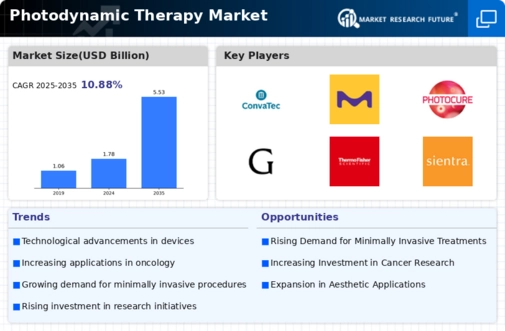
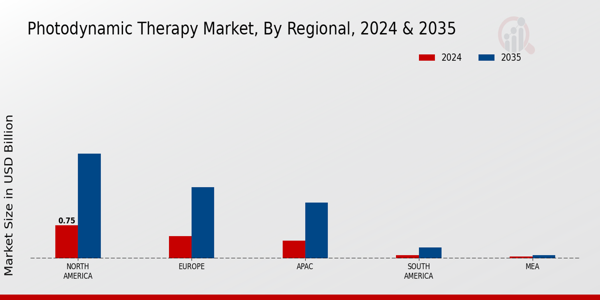
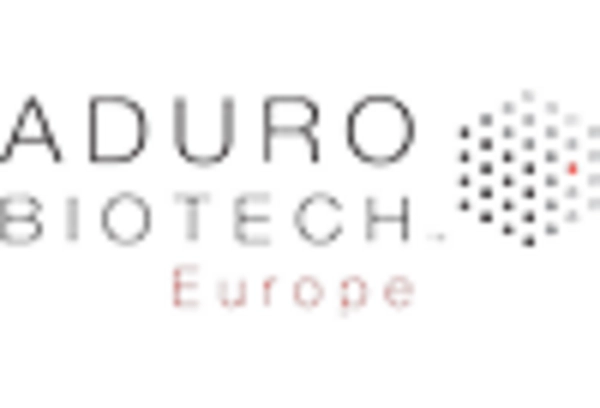


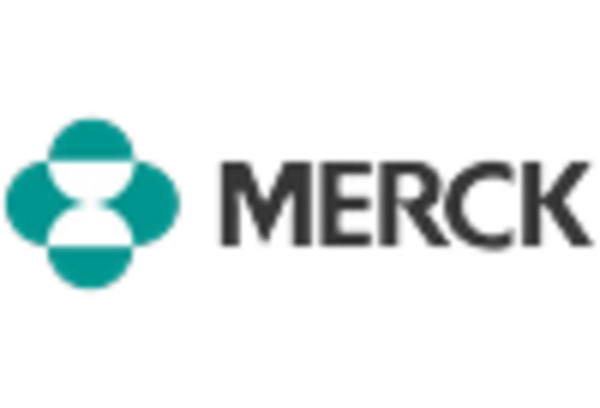
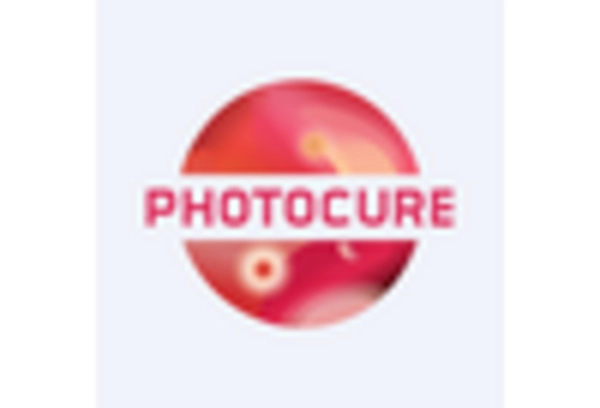
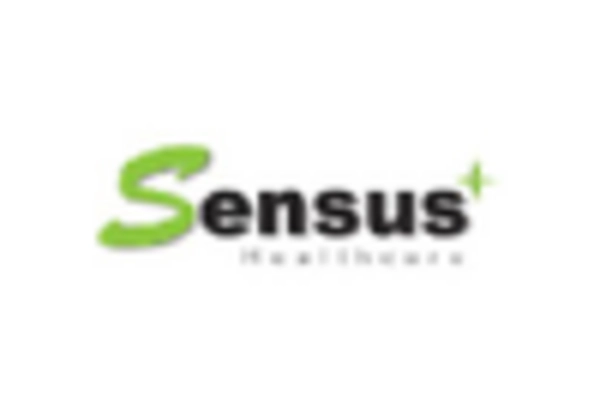








Leave a Comment